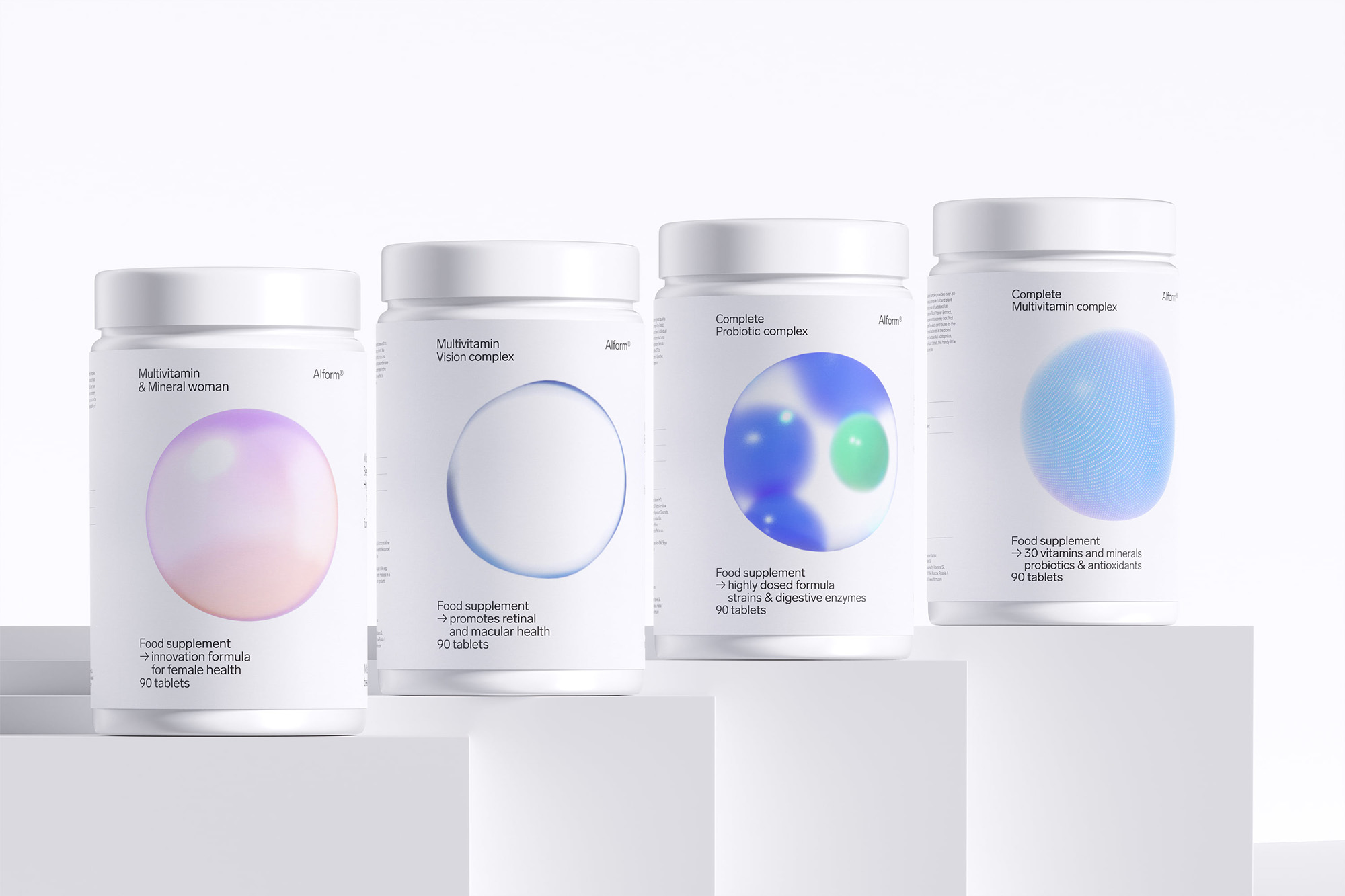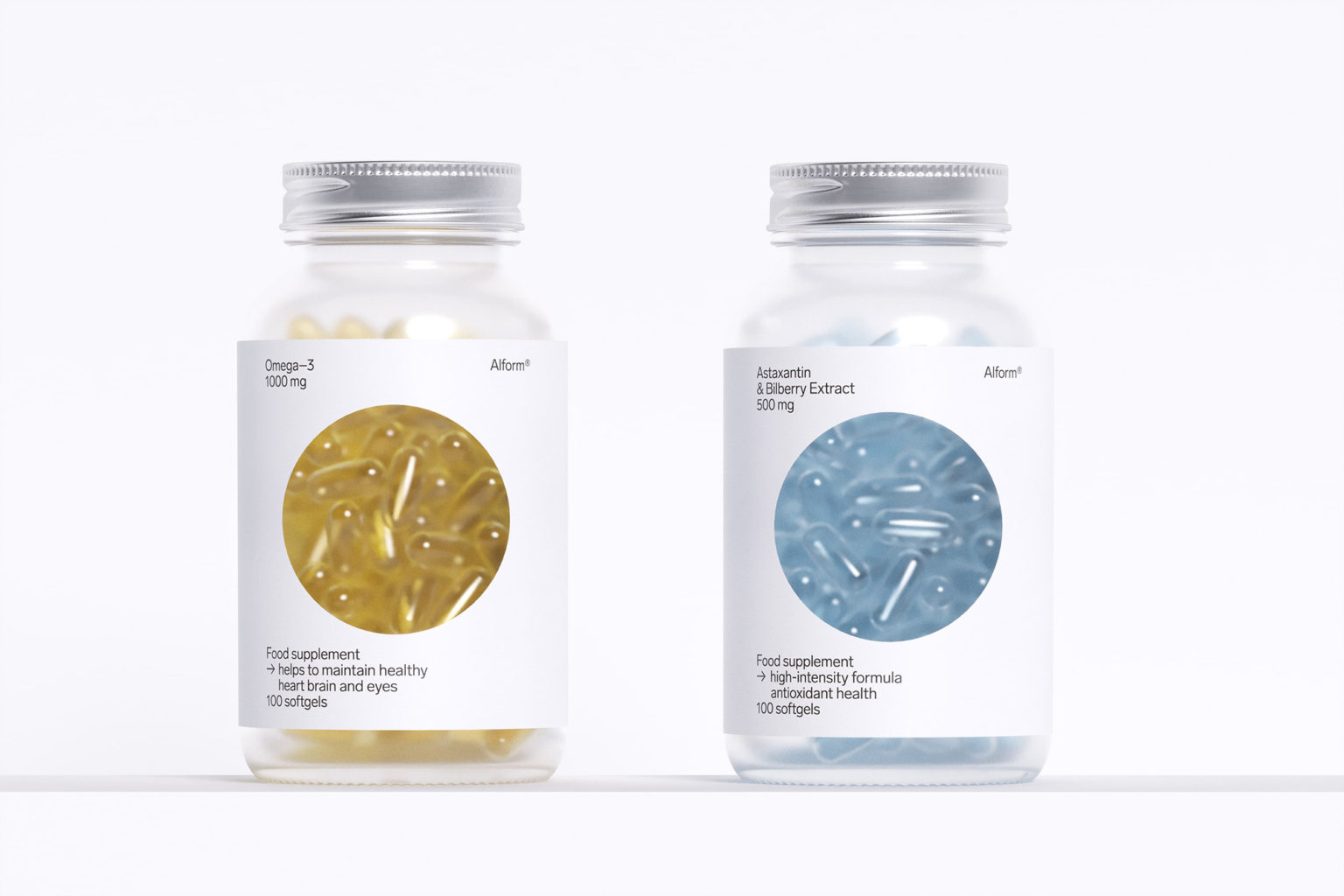So you want to launch your supplement brand? You are at the right place. After reading this article you will have a better understanding of the market here. One thing I can tell you is that the business is booming and you can never go wrong investing in it. Generally, health and wellness is a lucrative niche. Over the years I have helped well over a dozen people launch their supplement brands and I’m very excited to be sharing everything I have learned while on the journey. To scale your business, your major focus will be breaking into the Idumota drug market, that’s where everyone buys from.
Even your neighborhood pharmaceutical store probably buys from them too. The good news is that the market is wide enough and there’s enough room for new entrants. Before we proceed further, below are some of the different types of supplements.
- Vitamins
- Minerals
- Herbs
- Acids
- Dietary substances
- Food additives
- Protein
Step 1 – Identify Your Target Audience / Niche
The first most important step to take is to identify who your target audience is, in most cases your niche. You can afford to target everyone, that is a simple recipe for failure. When you market a niche you create a sense of community. People in the community will likely feel heard – with a strong belief that you have expert knowledge in that subject. People love to be part of communities where they can meet other people that share the same belief systems and challenges as them. Even if you plan to expand, start with a niche first – find success with that niche, then expand. A big mistake you will make is to establish a target audience after manufacturing your product.
With properly defined target customers, you should be able to answer the following 5 questions:
1. Who are they?
The first question you should ask yourself is who are your target audience? These should be a group of people who are united by one common activity or health issue. This can be a group of people who suffer from infertility, insomnia, vitamin deficiency, obesity – or athletes and sportsmen.
2. What are the pain areas that you can focus on?
The next step is to ask yourself the pain areas you can focus on. For instance, in our infertility example, a possible pain area might be hormonal imbalance, Polycystic ovary syndrome, ovarian cyst, or endometriosis
3. Where do they buy their products?
Another good question to ask is where do they buy their products from. Do they buy online? Do they buy from pharmaceutical stores? or from distributors? You have to keep all in consideration before embarking on this journey.
4. Where do they obtain information about their products?
This information is necessary to determine where you will likely place your advert. It might be on social media, magazines, television, trade publications, or blogs. If you are selling to new mums you are better off looking for those publications and blogs they hang out and read the most.
5. Will I be able to solve my target customer’s problem?
The next most important question is, will I be able to solve my customer’s problem? It’s one thing to identify a problem and it’s another thing to solve the problem. The whole idea of starting a business is to solve a problem in exchange for money, and the only way to get repeat customers is to make sure that your product delivers on its promises. I can recall a client of mine who claimed that her herbal tea can shrink any size of fibroid. I went ahead to brand and launch the product – she sold out at first and after that those who bought came back to give bad reviews about the product, saying it didn’t work. Although she is still in business, I don’t think she ever gets repeat customers.
Naming Your Dietary Supplement Brand
Now that you have determined who your target audience is the next step is to get a name for the brand. Here, you will need two names, the actual product name, and the brand name. A lot of work needs to be done at this stage to avoid any mistakes. This is actually where most people get it wrong. Your business name serves as the foundation for your business, upon which every other thing is built upon. If you get your business name wrong, then you are starting on a faulty foundation. I’m very glad I have to chance to write about this, hoping that it helps someone who is battling with this step.
The goal of building a brand is to build positive brand equity, that is all. To build positive brand equity, your brand needs to be memorable. For your brand to be memorable you need a memorable brand name. When you have a good name, it becomes very easy for people to recall and memorize it, which ultimately leads to better brand awareness and equity.
I like to always use myself as an example. When the idea of a fertility supplement came up, I began searching for a name and after some time I came up with the name Reprovive Which simply meant Reproductive – Revive. This is simply a compound word, coined from two words. Another good example I was able to get is Reviveron.
It’s not just enough to get a good name, the most important thing is to get a good name that is available on the .com domain and other relevant social media networks. Anyone can get a good name but what is hard is getting a name that is available online. Always ensure that the supplement business names you have chosen are not similar to one of your competitors. Make sure that the name you choose for your brand has no negative connotations attached to it.
Packaging Design
Packaging design plays a huge role in determining if your brand will be successful or not. According to a Harvard University study, 95% of consumer purchases are subconscious. Most people make 40-70% of their purchase decisions at the point of sales. Even if you have an amazing product and you fail at your packaging design, then work done is equal to zero. A lot of factors affect your packaging design, starting from your choice of name, font, pattern, and color. A longer name will always affect the look and feel of the design, sometimes making it less visible in the final work, stick to shorter names.
No matter how beautiful your brand is, a busy logo alters and makes the design look clumsy. Your color choice is also another key determinant in the outcome of your product, please don’t color riot.
Choose colors that pass the intended message and make sure they are matching colors, combining colors like green and pink is an awful decision. Whatever you do, get the design and branding right, it goes a long way in determining the success of your brand.”
The mistake I see most entrepreneurs make is that they start without having a brand guideline and boy this mistake will cost you a lot. You have an idea of one supplement, immediately you go on to design a label for it, without putting into consideration the product you are likely to launch in the future, after a while, you decide to add two more supplements with a different design. You then end up having different products with different look and feel. This causes a lot of disparity in your design which will not resonate with your audience.
Too much clutter
Simplicity speaks volumes and class. If you want to market a premium product, then keep it simple. An overcrowded label is a huge turn and will make your product appear cheap. I know a client of mine who tried to fit in all the names of the component of her supplement in front of her label. I advised against it but she insisted. After the packaging was made the design wasn’t so good and we have to start all over again. Yes, I know that the FDA’s dietary supplement labeling guide and regulations want you to fit in a lot of data into a very small space, but there’s a way to accommodate it all while still making it look good and appealing.

Alform is a Russian brand of health supplements including vitamins, diet shakes and gels created to boost natural immunity. Designed by a Moscow-based studio Redo, the visual identity & packaging concept is minimalist yet futuristic. Inspired by the shapes of cells who are basic building blocks of all living things, the plastic containers include sterile cut-outs offering a peek of gradient sachets.
Unattractive Color and Font
This is certainly not a design article, but the goal is to point out those likely things that might hinder the growth of your brand. You have spent quite a lot on product development; don’t mess that effort up with a poor design. I see this a lot in the market, supplements with shabby designs and it hurts. The best way to kill a good product is to do a slapdash label design, trust me on this. An amateurish design will horde of other supplements on the shelf and might even drive your customers away. The major difference between a product perceived as premium and effective to those perceived as fake and cheap is just design and packaging. If you are not a designer don’t try to do this yourself. A lot of work goes into creating a unique design. Keep things simple and having enough negative spaces will make your brand eye-catchy.
Unusual Shaped Dietary Supplement Packaging

There are already generic bottles in the market which most people use in other to save cost. No matter how beautiful your label design is there’s a limit to how eye-catchy your supplement will be. Unusually shaped supplement packaging is more likely to stand out on the shelf and give a unique identity to your product.
Packaging Dietary Supplements in Custom Bottles
In a bid to look different or unique, you might consider using a custom supplement bottle – they come in different varieties, from transparent bottles to white, black, and amber-colored supplement bottles. Just bear in mind that the higher the level of customization the more it will cost you as a supplement brand owner. Using a custom bottle and an excellent label design could be a winning strategy. Just make sure you do your research well on what best suits your audience.
Where are most suppliers located?
With all that has been said, it’s time to find a manufacturer to work with. You can find a contract manufacturer just by doing a Google search. To be more specific most suppliers and traders can be found in most Chinese provinces and most of them are based in Xi’an Shaanxi province. Shandong, a coastal province, is also a production hub for supplements and food additives.








Leave A Comment